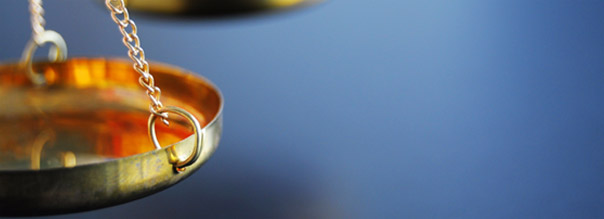Malicious Wounding
Malicious Wounding or Maliciously Inflicting Grievous Bodily Harm are in effect a more serious assault. However, to have committed
these offences what is required is an act of malice that causes the wound or the grievous bodily harm. Such an act would, however,
in the ordinary course constitute an assault as well.
For these offences to be proved the Crown must prove malice to the criminal standard. The definition of malice is codified in the
Crimes Act and a copy of the definition is in the definitions sheet. It should be noted here that malice does include recklessness
in the same way that a reckless action can constitute an assault.
As with Assault Occasioning Actual Bodily Harm the wound or bodily harm must relate to the action of the accused. If this causal
link is missing between the injury and the act of the accused then the offence has not occurred.
The wound must be such that it breaks both the inner and outer layers of the skin. If there is no bleeding it will not be possible
to show that there was a wound. This, however, would not prevent a charge of Assault Occasioning Actual Bodily Harm from being
successfully prosecuted by the Crown as the injury to the skin would amount to bodily harm.
This charge is generally charged in incidents such as when a person has been stabbed or hit with a weapon or object that has caused
the wound. There may in these circumstances be other more serious offences that can be charged such as attempted murder if the evidence
was strong enough to show an intention to kill. Also, with Maliciously Inflicting Grievous Bodily Harm the Crown must prove that the
injury to the victim amounted to Grievous Bodily Harm. So if the victim was hit over the head with an iron bar and it caused a fracture
to his skull, then this would amount to Grievous Bodily Harm.
The harm need not be caused by the use of a weapon. It could be caused by the use of fists or by a kick to the victim. As long as the
act was malicious and the injury was sufficient to show Grievous Bodily Harm then the offence could be proved. The maximum penalties
for these offences are penal servitude of 7 years. If dealt with summarily before a magistrate the maximum penalty is imprisonment
for 2 years and a fine of $11,000.00 or both.
There is also an aggravated form of this offence where if the accused wounds or inflicts grievous bodily harm to the victim with the
intention of inflicting grievous bodily harm or preventing lawful apprehension the accused is guilty of an offence. This offence also
includes shooting at a person or attempting to discharge any kind of loaded firearm at any person. This offence carries a penalty of
penal servitude of 25 years.
The intention required here would be shown by the Crown from the actions or comments made by the accused. Firing a gun at a person
causing that person to suffer grievous bodily harm, will show intention in and of itself to cause the grievous bodily harm. The Crimes
Act also creates an offence for maliciously causing a dog to inflict grievous bodily harm or actual bodily harm. The maximum penalty
here is penal servitude of 7 years.
What Next ? ...Call CRIMLAW on 1300 777 529 !!



